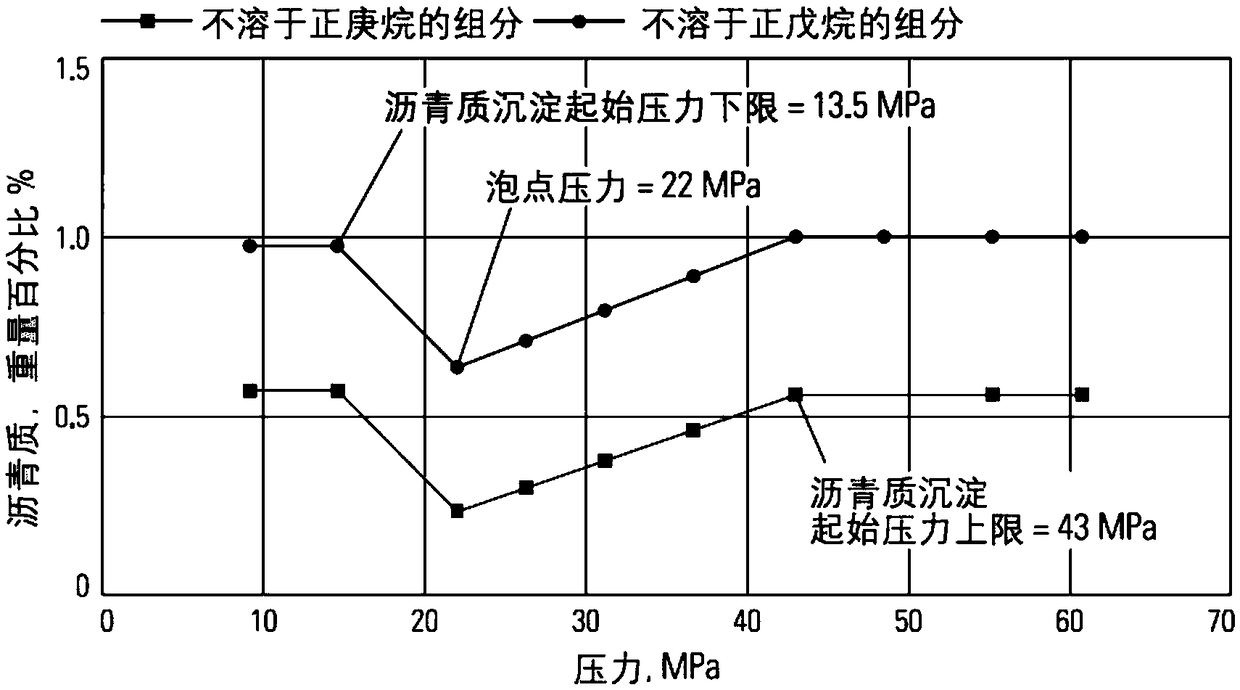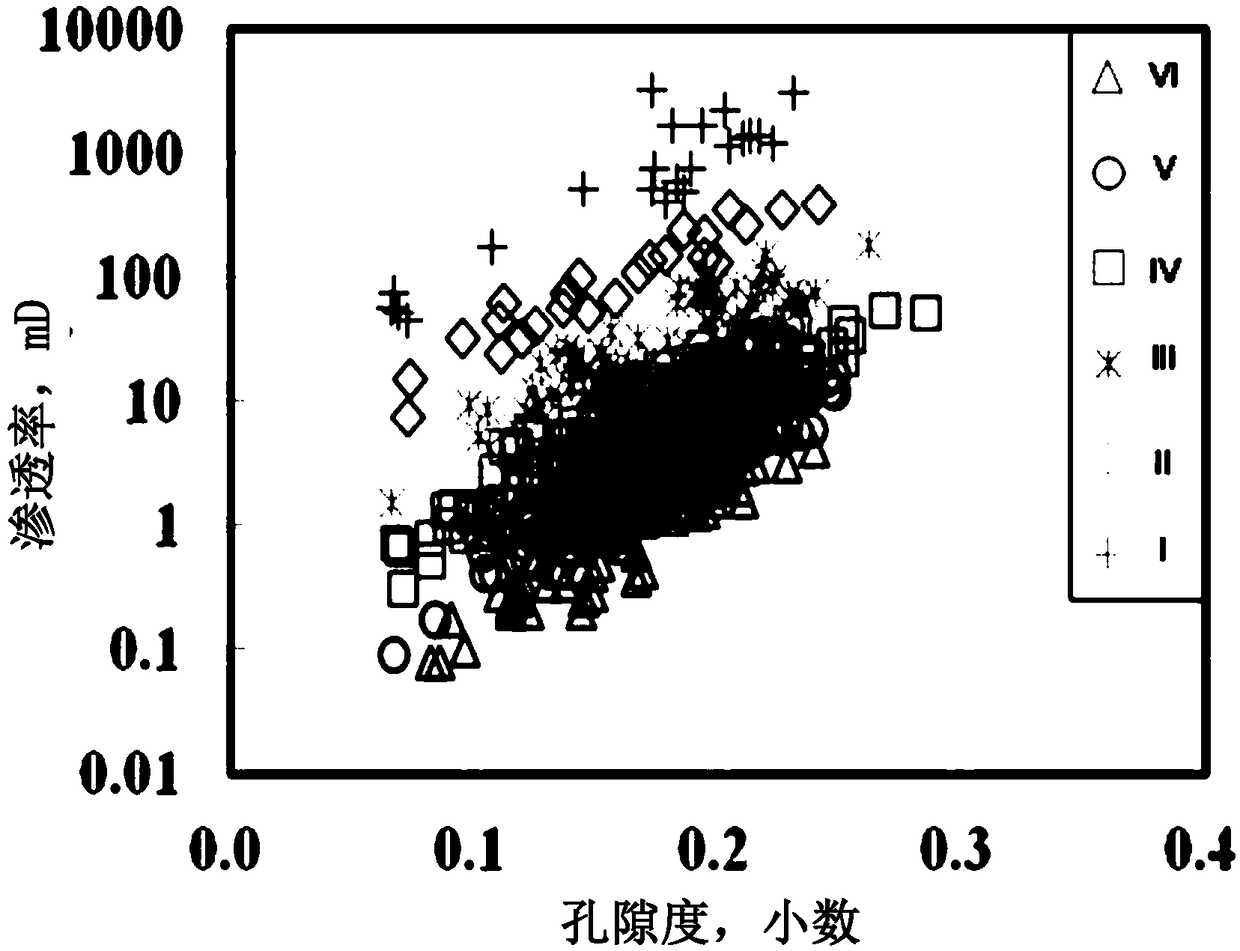A method for predicting steady-state productivity of vertical wells in asphaltene precipitation reservoir
A productivity prediction and asphaltene technology, applied in prediction, instrument, data processing and other directions, can solve the problem of failure to consider the influence of asphaltene precipitation steady-state productivity, the difficulty in predicting the steady-state productivity of vertical wells in oil reservoirs, and the impact on reservoir rocks. Seepage capacity and fluid properties
- Summary
- Abstract
- Description
- Claims
- Application Information
AI Technical Summary
Problems solved by technology
Method used
Image
Examples
Embodiment Construction
[0045] The present invention will be described in detail below in conjunction with the accompanying drawings. However, it should be understood that the accompanying drawings are provided only for better understanding of the present invention, and they should not be construed as limiting the present invention.
[0046] The invention provides a method for predicting the steady-state production capacity of vertical wells in asphaltene-deposited reservoirs, the method comprising the following steps:
[0047] 1) if figure 1 , figure 2 As shown, according to the laboratory test results of typical formation crude oil samples, the mass fraction of dissolved asphaltene in crude oil can be divided into four stages with the change of formation pressure:
[0048] The first stage is that the formation pressure changes from the original formation pressure P i Down to the upper limit of precipitation pressure P u When , the dissolved asphaltenes in crude oil remain stable with a constan...
PUM
 Login to View More
Login to View More Abstract
Description
Claims
Application Information
 Login to View More
Login to View More - R&D
- Intellectual Property
- Life Sciences
- Materials
- Tech Scout
- Unparalleled Data Quality
- Higher Quality Content
- 60% Fewer Hallucinations
Browse by: Latest US Patents, China's latest patents, Technical Efficacy Thesaurus, Application Domain, Technology Topic, Popular Technical Reports.
© 2025 PatSnap. All rights reserved.Legal|Privacy policy|Modern Slavery Act Transparency Statement|Sitemap|About US| Contact US: help@patsnap.com



